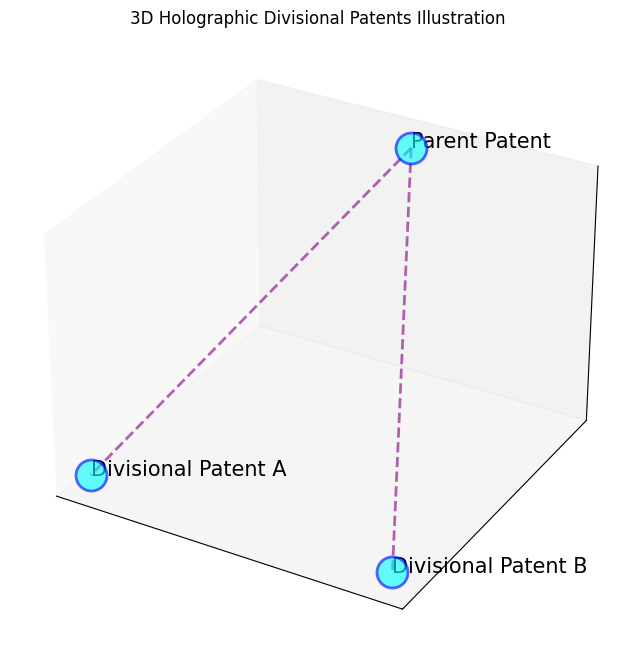
Unity of invention is central to the patent system meaning - one single patent is granted for one patent application claiming a single inventive concept. Patent Cooperation Treaty (PCT) lays down the general rule (Rule 13) stating that there should be a technical relationship between different claims and all directing towards a single inventive concept. Illustratively, if there is an invention to treat a disease comprising of a chemical compound, the process to prepare the chemical compound and it’s final utility can all be claimed in a single patent application. However, on the contrary, if there is an invention claiming multiple independent formulations to treat the same disease, as the formulations are independent the unity of invention criteria would not be met hence lacking unity of invention.
For the patent office the rational for having one invention per patent application is both administrative and financial. Without the concept of unity of invention one could otherwise claim multiple inventions in single patent application thereby paying only one set of fees during both pre and post grant of the patent application (that is during patent search, examination, publication, renewal phases).
Though unity of invention is mandated - with the blurring of lines due to technological complexity, multiple components interacting and working withing a single product or technology - it is often seen that a single patent application can claim multiple inventions thus providing cause for objections and office actions. In such cases the patent office provides an option to split a single patent application into multiple applications called divisional applications, thereby providing a means for the patent applicant to remedy the first application.
Divisional Patent Application as the name suggests are patent applications which have been divided from their parent patent application. The Section 16 of the Indian Patent Act (1970) provides a means to an applicant to divide his or her patent application when objected by the Controller based on the concept of unity of invention. While providing an option to the patent applicant to divide the original application, it should be noted that divisional applications cannot contain or disclose any new inventive concepts or inventions not described in the parent application (original patent application).
Divisional applications thus provide inventors a means when they are unsure about the true scope of their invention. In such cases, they can file a single patent application and if found wanting or upon objections by the controller of patents can divide the original application to subsequent inventions.
Though divisional patents do provide options for inventors, there are certain limitations to be considered drafting them.
Time limitation – Divisional applications can be filed any time before the grant of the patent, if the applicant so desires, or with a view to remedy the objection raised by the Controller on the ground that the claims of the complete specification relate to more than one invention. Apart from that, the court has also laid down that once if the parent application is rejected or abandoned, a divisional application cannot sustain on itself - claiming the priority date of the parent application[1].
More recently, in Boehringer Ingelheim vs. The Controller (2022) , the issue arose after Boehringer applied for a divisional patent application titled “A medicament for a DPP inhibitor” was rejected by the controller of the patents stating that the claims of the divisional application: a).which were part of the parent application were rejected based on lack of novelty and inventive step b) no new claims can be filed in the divisional application which are outside the scope of the parent application. The patent applicant appealed the decision in the High court of Delhi. In this case, the court upon hearing both the sides passed a reasoned order laying down the boundaries for grant of divisional applications namely -
1. Divisional applications can only be filed when plurality of inventions is claimed in the parent application. Plurality of inventions is sine qua non for filing divisional applications.
2. Mere mentioning of the inventions in the complete specification without explicitly claiming them would not merit protection by filing divisional applications (following the rule “what is not claimed is disclaimed”).
3. If certain claims have been rejected in the parent applications for lack of novelty or inventive step, the same need not be examined in the divisional application and are not allowed.
4. Once the parent application is abandoned, withdrawn, or refused, no divisional can be filed off it. However, divisional applications would then be considered as substantive stand-alone applications.
5. Divisional applications should always be traced back to their parent, and this being true for division of divisional applications.
The decision also laid down substantive grounds and instructed the examiners of the patent application to:
a. Identify plurality of invention in the first examination report.
b. Identifying the inventive concept is essential and mere having numerous independent claims per-se should not be proclaimed as being plurality of inventions.
To conclude, the legal framework and the criteria for grant of divisional patents have been clarified by the Indian courts. Divisional though mandated can also act a strategic mechanism wherein inventors, researchers, SMEs and startups with limited budgets can file a single patent application when they are unsure of the scope of their invention having plurality of independent claims. Divisional patents additionally do provide a means to build a “portfolio of patents” across certain technology or product thus creating a technological niches.
[1] Bayer Animal Health Gmbh vs. Controller of Patents & Designs. OA/18/2009/PT/DEL
Details
- Publication date
- 16 July 2023
- Author
- European Innovation Council and SMEs Executive Agency
